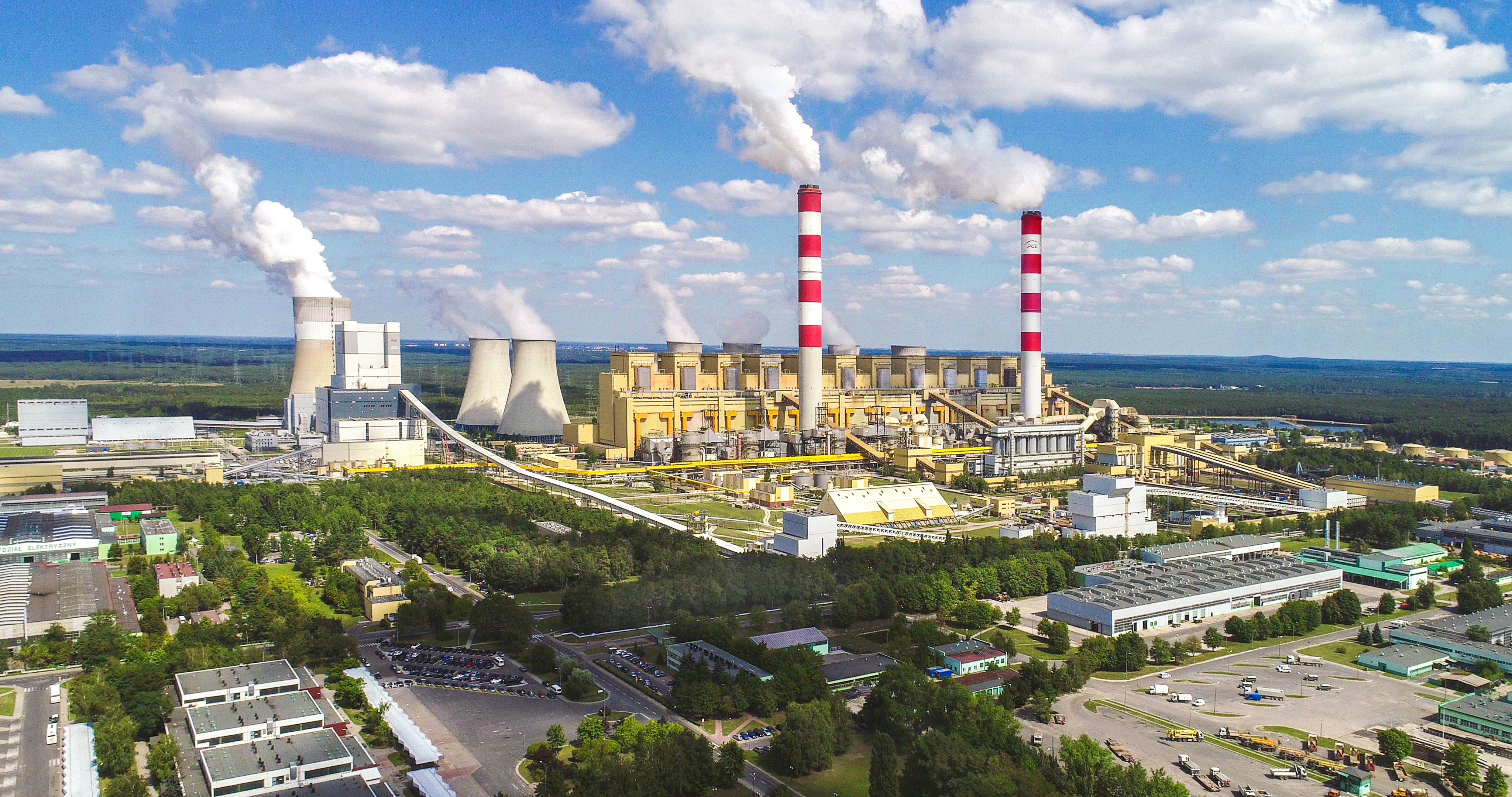Media release
From:
Climate science: Explaining the atmospheric methane growth rate in 2020 (N&V)
Increases in the methane growth rate that occurred in 2020, despite COVID-19 lockdowns, can be explained by higher emissions from wetlands and a decrease in the atmospheric methane sink, a study in Nature suggests. The findings indicate that a multi-pronged approach to reducing methane emissions is needed.
Methane is an important greenhouse gas, contributing to around one-fifth of warming from greenhouse gases emitted by human activities. Concentrations of atmospheric methane have been growing rapidly over the past decade, thought to be driven by increases in fossil fuel use and microbial sources. Methane growth rates peaked in 2020, with growth reaching the highest level since 1984, despite the assumption that COVID-19 lockdowns may have caused a decrease in methane emissions produced by human activity.
By assessing changes in methane sources and in its natural atmospheric sink, Shushi Peng and colleagues probe the reason for the increases in atmospheric methane. The atmosphere provides a natural sink for methane converting it to CO2 and water through a reaction with the hydroxyl radical (OH). The authors report that OH concentrations decreased by around 1.6% relative to 2019, mainly as a result of lower anthropogenic nitrogen oxide emissions during COVID-19 lockdowns. They also find that methane emissions from human activity and fire decreased by 1.2 and 6.5 teragrams (trillion grams) per year, respectively, whereas wetland emissions increased by 6.0 teragrams per year. Specifically, the warmer and wetter wetlands over the Northern Hemisphere were reported to be the dominant source.
These results indicate that methane emissions are sensitive to a warmer and wetter climate and could act as a positive feedback mechanism in the future. The authors add that nitrogen oxide emissions also need to be taken into account when considering how to reduce global anthropogenic methane emissions.



 International
International



